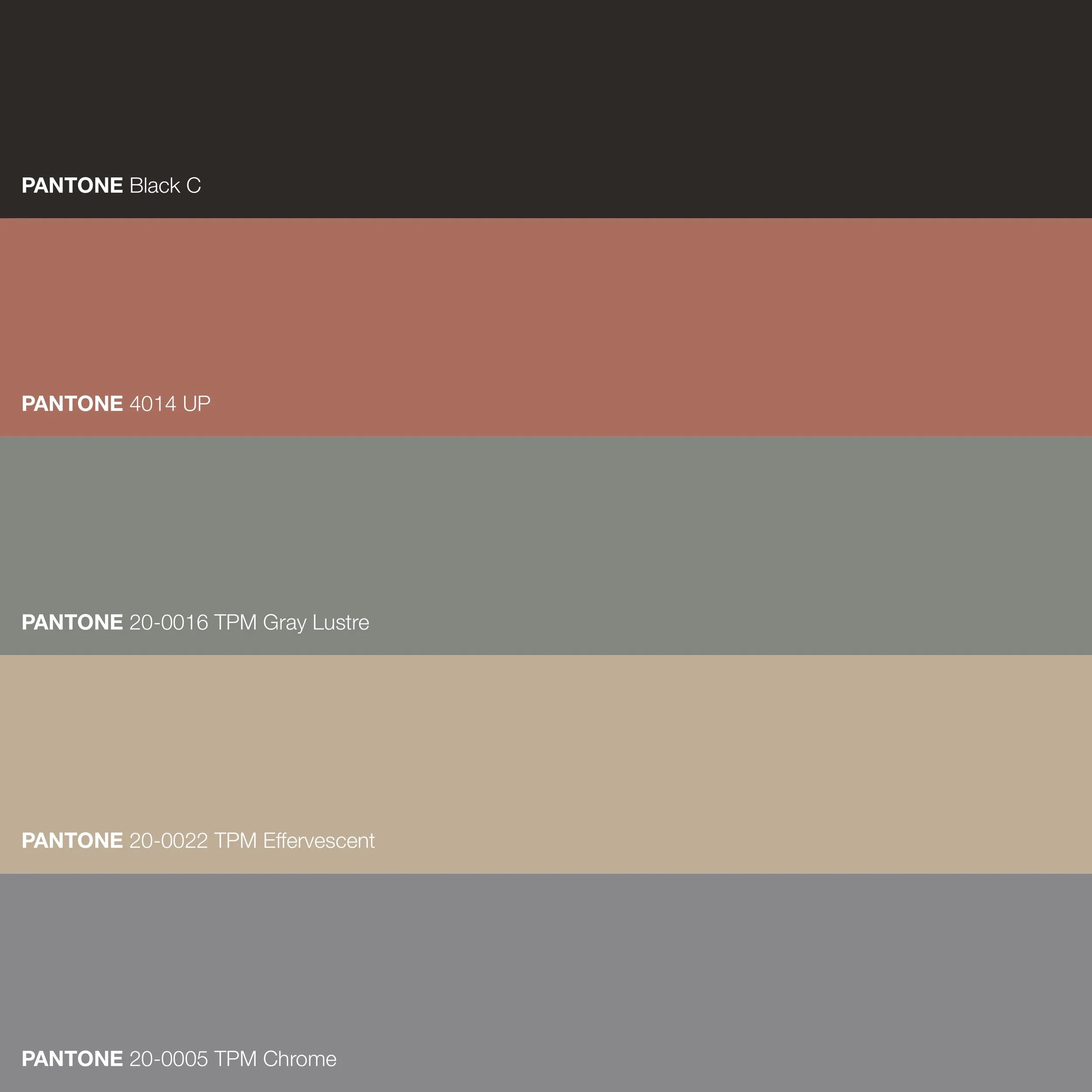How to get visual inspiration from a quote
I like to get inspiration from imagined worlds. My own aesthetic has developed over years of picking colours, moods and designs from many different sources. But there are shortcuts to finding inspiration as the starting point to create – whether that’s to take a photograph, redecorate a room or revamp your wardrobe.
It all starts with creating a story, with a setting and a main character, a mood and a few details. A perfect way to do this is to start with an evocative quote.
Step 1: Pick a quote
These words stopped me in my tracks when I was reading I Capture the Castle. You could take the whole book as inspiration of course, but choosing a sentence and giving it your own interpretation can be a shortcut to connecting with your personal style.
Start with a quote that really speaks to you. I went with fiction, but you could try the same exercise with poetry or non-fiction: any words as long as they speak to you.
Step 2: Brainstorm your story
Spend some time letting your imagination take you into the world the quote evokes. Try some free associations, scribble everything down or record your thoughts in a voice note. Then think about a character, who they are, what they’re wearing, what they’re doing. Refine what your setting is: the time period, the place, a few details. Keep it open but make sure you know its mood. This step is your transition from the written word to the visual.
For this quote, this is what I wrote (unedited):
Setting and mood: muted tones, old greenhouse and flower garden, faded rugs, interior with patina, simple garden flowers in a vase, a little dust, simple but well made and well used objects, nostalgia, beautiful perfume bottle, books in an old library, old-fashioned soap
Character: a woman in a 1930s tea dress or long, wide legged trousers and simple blouse, maybe with a robe thrown over to take a walk around the garden and pick a rose in the evening breeze, absent-mindedly flicking through a book or magazine, then looking up at a mirror, surprised to find herself alone while lost in her memories
Step 3: Find images that match your story
Head to Pinterest, or any other visual sources you like to use, and start searching for and gathering images. I mostly looked through my existing boards for this exercise, but also carried out a few searches, looking for images of perfume bottles and soap. Pinterest is a visual search engine, so try putting in search words from your notes and see what comes up.
I also like to use the ‘more to explore’ feature, which suggests similar images under each pin when you click on it. This is how I found the suitcase image, under a similar picture which didn’t quite catch the mood I was after.
Don’t be too selective to start with, but once you have a good selection of images, go through them and pick your favourite – the images that best capture your story and work well as a whole.
Take a closer look at my board on Pinterest
I then like to create a simple collage out of my board, although you could make it far more elaborate, include your quote, colour palette (see below) or other words and design elements: whatever inspires you! I used Adobe Express for this collage (and the quote above). Canva is another good option.
Step 4: Colour palette
You could just stop there, but it is so easy (and fun) to take it just one step further and create a colour palette for your story. I used the Pantone Studio app to create this one. Palette Republic is also very good. All you need to do is upload an image and the app does the rest. With the Pantone app you can also easily change the selection, moving around your picture to pick different colours. It then creates a fully referenced palette, which you can even easily export to your Adobe Creative Cloud if you have an account.
I used my collage to create this palette, but you could also pick just one of the photos.
Step 5: Get creating
Next, it’s time to use your mood board as a starting point to get creative.
For photography, if you’re not sure quite where to start, pick one of your chosen photographs and try to recreate it. You can also look more closely at the images and be more analytical about the elements that create the right mood: what kind of light, angle or composition do they use? Then take these as a starting point.
You might try a short video, creating and filming a scene from your story, or if you’re a writer, keep writing the story the quote inspired. You could also take inspiration from your board to make changes in your own life, trying out life as your character for a little while. Or you could create an entire brand, with your colour palette and suitable typefaces to match – all based on one evocative quote.




